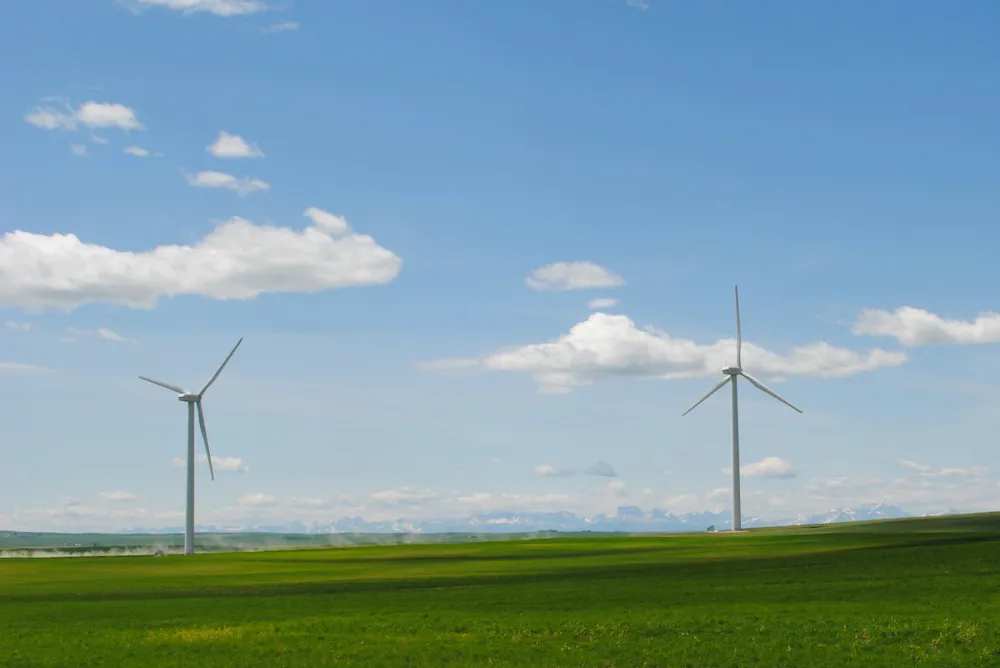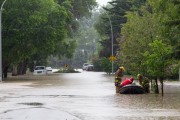The costs of acting slowly on climate change are being borne by Canadians and people around the planet at an accelerating rate. It’s time to up our game — to achieve increased stability for workers looking for jobs in growth industries, for Canadians suffering the harmful impacts of wildfire, drought, flooding, erosion, warming oceans and extreme weather events, and for wildlife whose habitats are changing faster than evolution and even migration can keep up with. Canada’s climate plan must be ambitious, home-grown and fast acting. Here are six key components to watch for:
1. Cross-sectoral approach to rapidly lower Canadian greenhouse gas emissions
It’s not good enough to agree climate change is real but then duck the responsibility of solving the emissions problem here at home – especially when the solutions can mean massive economic gain for Canada. A strong climate plan will look at all the contributors to greenhouse gas emissions across our economy and target accordingly. That includes transportation systems, buildings and the biggest contributor of all, oil and gas. It’s imperative we do as much as scientifically possible to decarbonize the production of oil and gas and lower emissions of methane through almost every step of the production process. This benefits all of Canada, as well as our oil and gas industry that will then be able to overcome the ranking of fourth-highest GHG emissions per barrel in the world.
2. Investment in renewable energy
A clean energy grid is the key enabler to further decarbonization in transportation, buildings, manufacturing, and oil and gas production. When faced with choices to invest in infrastructure to fuel our industries, homes and communities, we need a plan that will result in jobs for the future (not just a four-year term), cleaner air, less volatile weather and a more stable climate.
3. Investment in innovation
Deep energy retrofits for the building sector, electrification of our medium- and heavy-duty transportation fleets, carbon capture utilization and storage for those last emissions that can’t be mitigated, and more — Canada can continue to be a leader in energy innovation. Good climate planning is good economic planning: Canada should be on a path to export both our clean energy technology and expertise. Solving our emissions problems here at home offers environmental gain with a massive economic upside.
4. Internalize the cost of pollution for all
All the investment in innovation must drive actual emissions reductions, and that is far less likely to happen without strong policies that incentivize emissions reductions within the emitter’s business model. Simply put, carbon pricing is both the fairest and most cost-effective policy to drive down carbon emissions across the economy. Individuals and companies alike — and, yes, the collective power of individual choices can drive corporate decision-making — make decisions based on the desire to keep costs down. Over time, carbon pricing results in lowered emissions.
5. Jobs and skills training for workers in a low-carbon economy
Globally, the low-carbon economy is predicted to be worth $26-trillion by 2030, supporting 65-million jobs. Already Canada’s clean energy sector supports almost 300,000 jobs, with investment in the sector increasing. Look at Vulcan County in southern Alberta, for example: a single 150 MW wind energy project created 350 construction jobs and 30 permanent positions, employing mainly workers from southern Alberta. We are staring at an enormous, long-term economic opportunity — and Canadian workers should be given the opportunity to capitalize. That means jobs and skills training to build and operate renewable energy infrastructure here, as well as to create and manufacture clean energy technology to export.
6. Nature-based solutions
Significant swaths of Canada’s landscape — including forests, peatlands and wetlands — store vast amounts of carbon. Canada’s next climate plan should include a commitment and incentives to ensure Canada’s terrestrial and freshwater areas with high-carbon storage value are protected or managed, to simultaneously slow climate change and biodiversity loss.
Watch this space in the coming weeks for an assessment of the ability of federal party climate plans to rapidly achieve our international reduction targets here at home, create Canadian jobs, and put Canada on a path for a safe and prosperous future.









